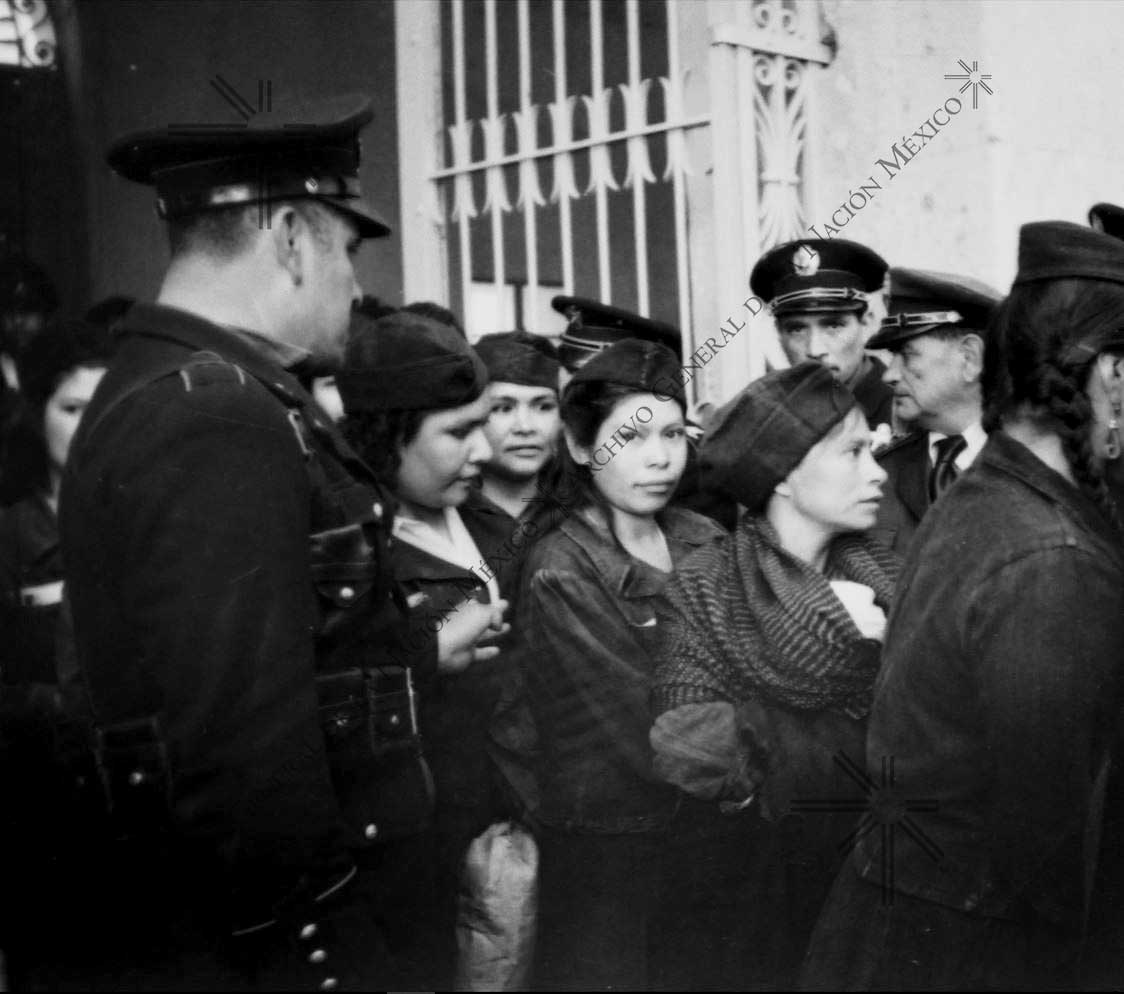The Eccentric Crimes of Lecumberri's Female Inmates
The Black Palace of Lecumberri, Mexico's infamous prison, held women who defied societal norms. From wrongful convictions to notorious criminals, their untold stories are now being resurrected through a theatrical production, shedding light on a hidden chapter in history.

Hidden within the imposing walls of the infamous Black Palace of Lecumberri lie the untold stories of women who defied the societal norm of being “angels of the home.” While the walls of this historic penitentiary bore witness to the trials and tribulations of countless inmates, the experiences of women prisoners, in particular, offer a unique and often overlooked perspective on the country's criminal history.
On September 29, 1900, the Federal District Penitentiary was inaugurated, intended to house both men and women. The original construction plans included a dedicated wing for women inmates, but this section remained unbuilt. Until its expansion in 1910, the prison held around 600 men and only 70 women, showcasing the stark gender divide within the penal system.




